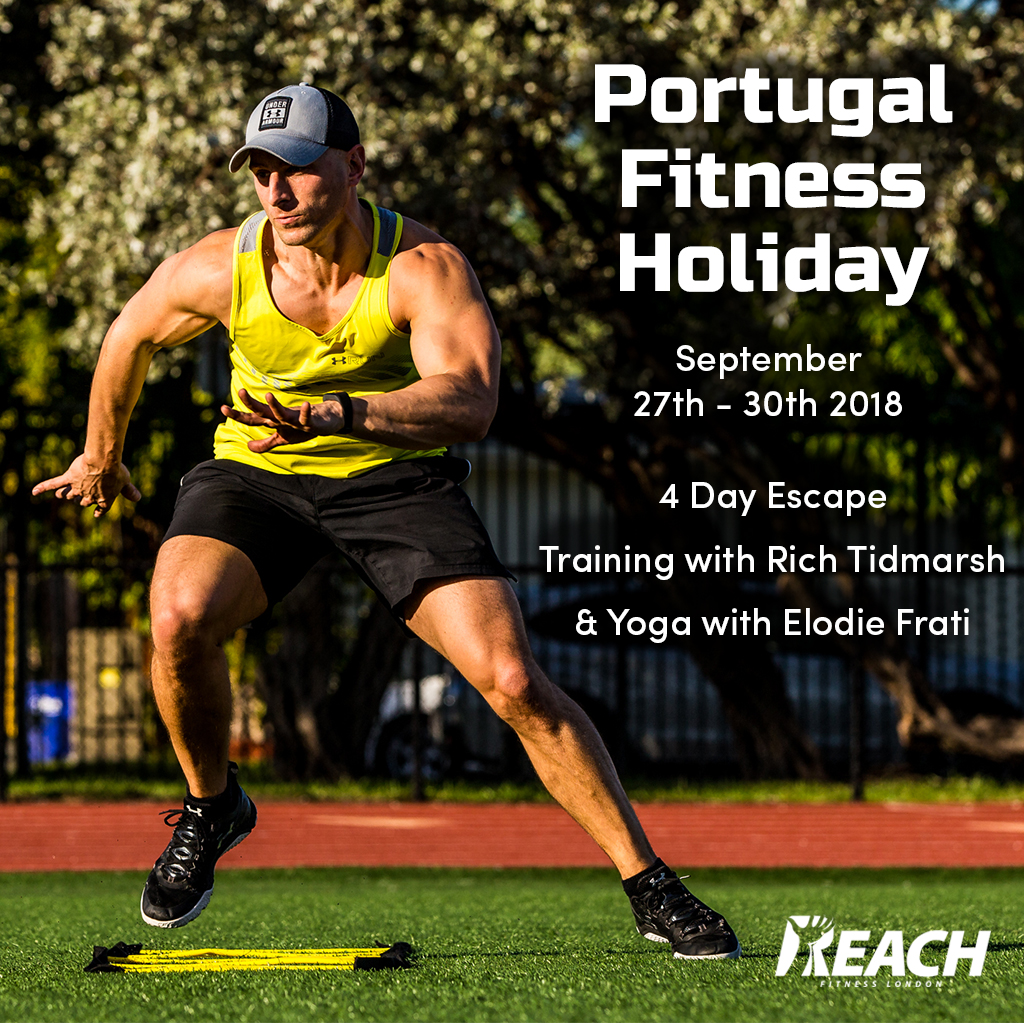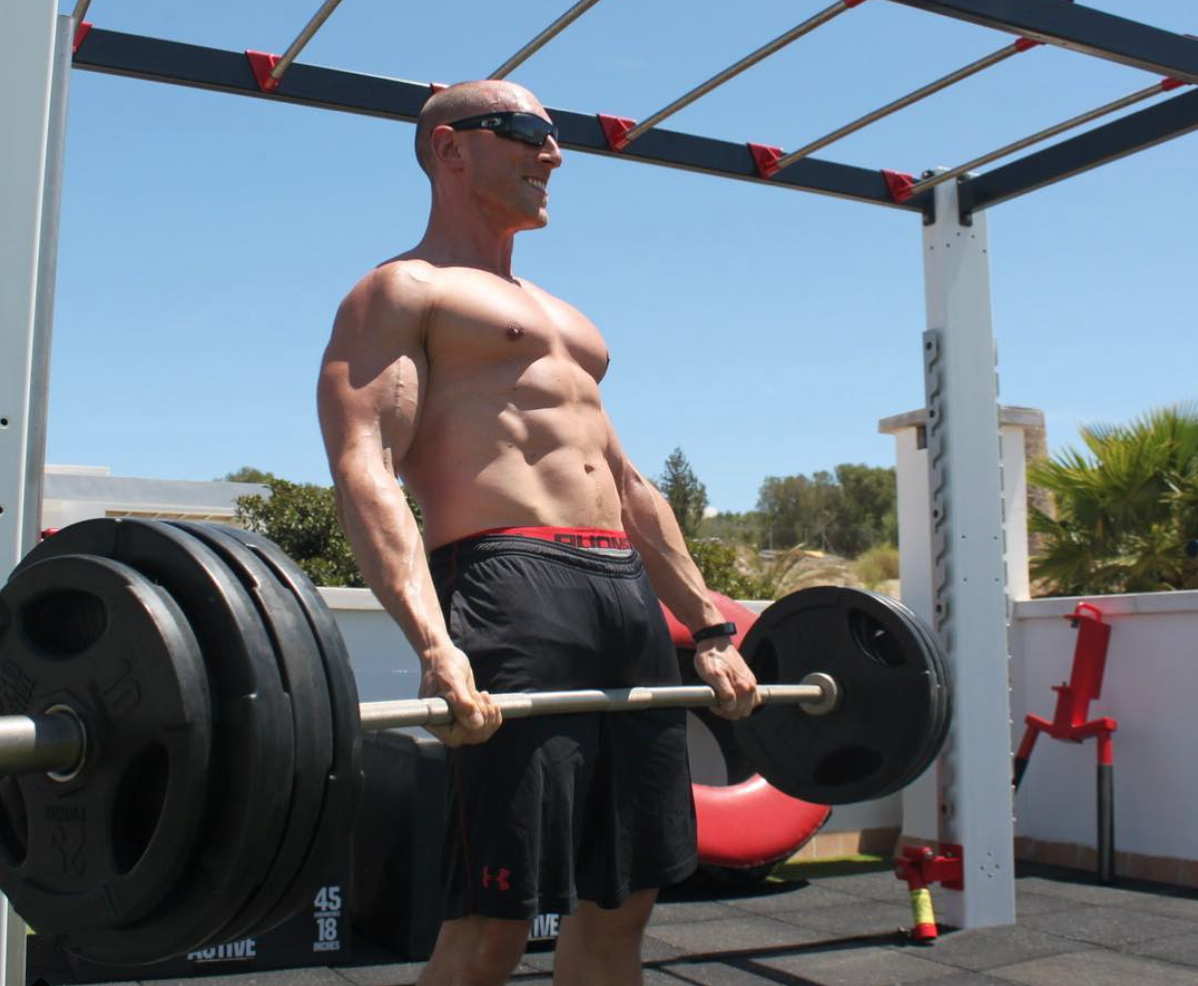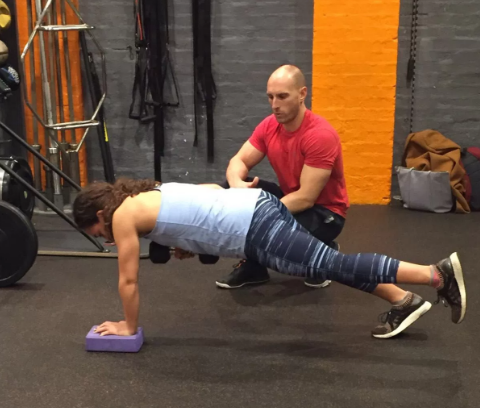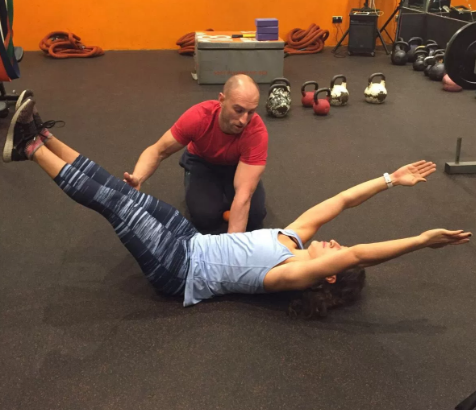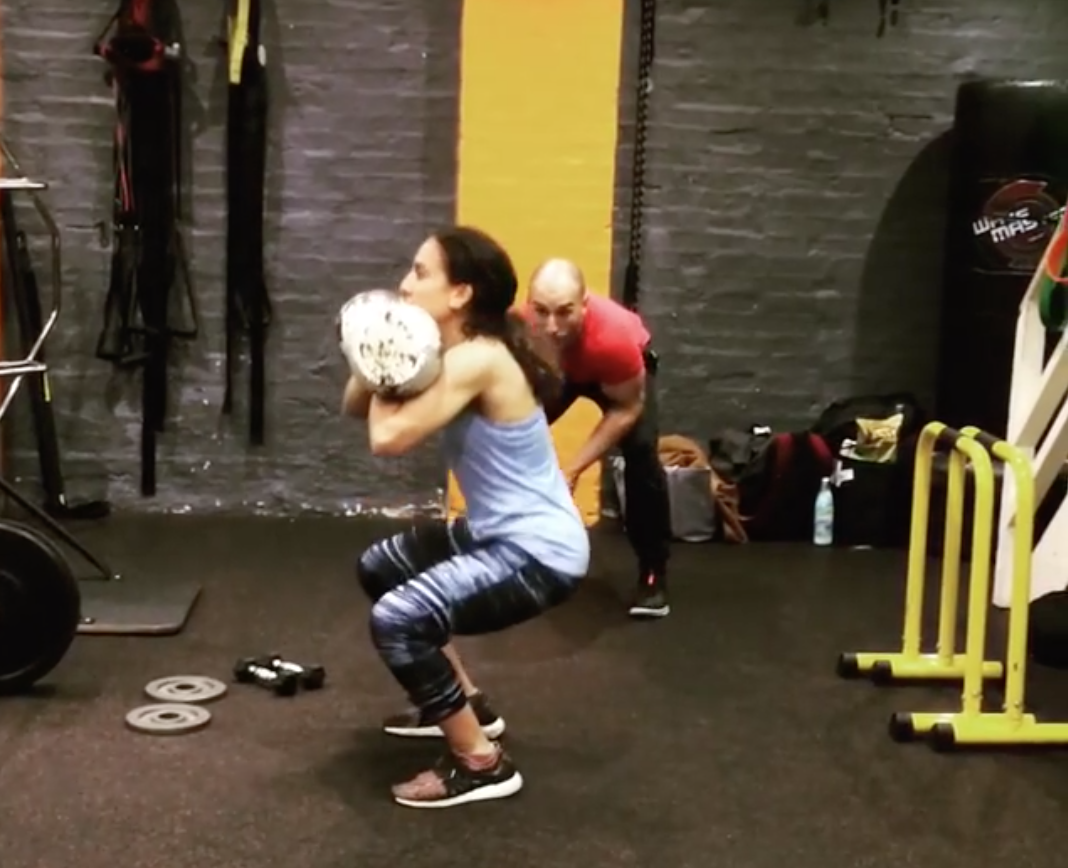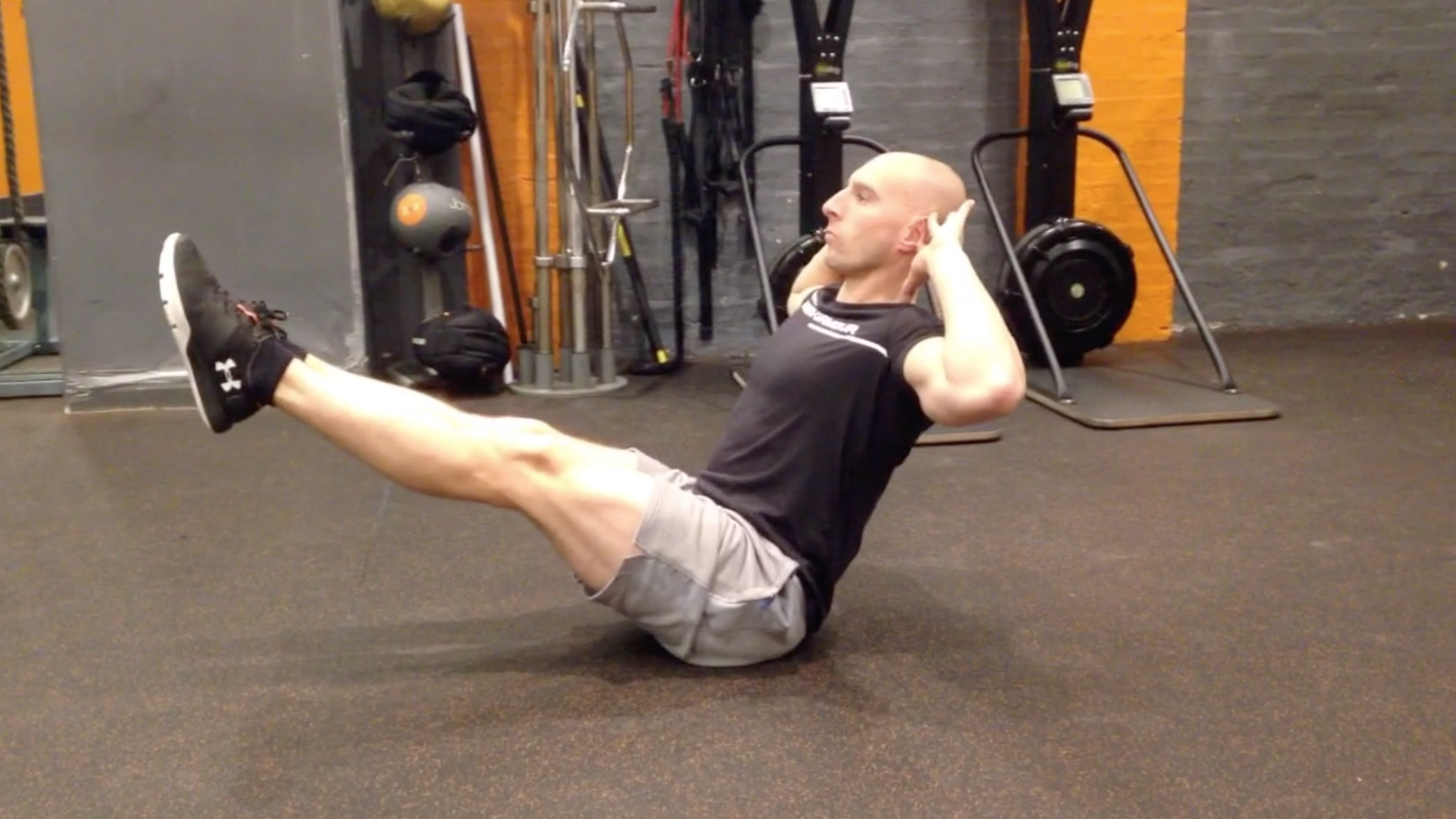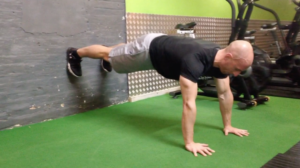“I lifted weights for six months and this is what happened to my mindset”
RACHEL’S STORY
A few years ago, the general consensus was that if you wanted to lose fat, you needed to hit the cardio hard. And weight lifting? Well that would make you look like a bodybuilder. And that’s not the look most people want to achieve.
But now things are changing.
We’ve realised that lifting weights really is effective for slimming down because muscle burns more calories than fat even when you’re not working out. Women in particular won’t bulk up like some men are able to, but rather create sculpted, toned, lean bodies with curves in all the right places.

Instagram posts by fitness influencers have hammered home what lifting weights can do for your body, but less widely discussed is the effect it has on your brain, mental health and outlook on life.
I have been lifting weights for about six months and it has genuinely changed my life.
When I say weights, I mean proper heavy weights – I dabbled in resistance training and light dumbbells before, but now I’m deadlifting more than I weigh, using liquid chalk on my hands and refuelling on protein shakes with the rest of the weights room lads and ladies.
Sure, there have been changes to my body, but the main reason I am now so evangelical about lifting weights is what it has done for my mind.

You learn new skills
If you want to lift weights, you need to learn how to do the movements properly. It’s crucial to get someone who knows their stuff to teach you the correct technique, and then you have to work out how to engage the right muscles in each move.
“Learning to do the lifts is a skill in itself,” top personal trainer Rich Tidmarsh explained to The Independent. “Every time you’re weight training you’re learning how to control your body.”

And like learning any new skill, it makes you feel good.
You feel more confident
 Seeing yourself progress is incredibly satisfying, and when lifting weights you can progress pretty quickly. Each time I go to the gym I can lift either a little bit heavier or do a few more reps, and being able to visibly see myself progress gives me a sense of achievement every time I workout.
Seeing yourself progress is incredibly satisfying, and when lifting weights you can progress pretty quickly. Each time I go to the gym I can lift either a little bit heavier or do a few more reps, and being able to visibly see myself progress gives me a sense of achievement every time I workout.
“As you start to accomplish basic moves and then progress, that gives you those little building blocks of confidence,” says Tidmarsh, whose gym Reach is in Clapham, south London.
“It gives you the ability to cope with other things in life, it’s just confidence and a sense of achievement.”
Your focus improves
I, like most millennials, have the attention span of a goldfish. In fact, probably worse. I’m seemingly incapable of focussing on one task without automatically checking my phone every few minutes. In the gym though, this isn’t the case.

When lifting weights, you can’t be holding your phone at the same time. Your whole body is engaged and even if you’re thinking about how many likes you’ve got on your latest #girlswholift Instagram post, you can’t check. And this can help you improve your focus in other areas of life too.
What’s been essential for me is noting down how much I’m lifting – this helps keep me motivated, as does setting goals, such as being able to do an unassisted pull-up (which, it turns out, is a lot harder than it looks).
You’ll perform better at work
Studies show that employees who exercise at lunchtime are more productive at work, but lifting weights – whether at lunchtime or the evening – has undeniably made me more driven and ambitious.
My self-discipline has improved, and now that I get such a rush from hitting goals in the gym, I want to take this to other areas of my life.
“It’s because when people stick to a gym regime they’re actually getting some discipline in their lives, they’re getting a bit of balance, they’re achieving something and they start to drive themselves a little bit more in other areas,” Tidmarsh says.
While there are some “fat cats” who earn lots of money and don’t exercise, there is an overwhelming body of evidence which shows that the vast majority of high-achievers – from Barack Obama and Richard Branson to Cher – make time to exercise regularly.
You’ll feel more empowered

Lifting weights has undeniably made me a braver person.
Whereas once I was intimidated by the weights room in a gym (scary machines! Testosterone-fuelled, grunting men! Heavy weights!) I now hold my own there, despite the fact that they’re still dominated by guys.
Men build muscle more easily than women, and the way they’re built means they have the capacity to get stronger than most females, however it’s incredibly empowering to have a look around at what guys are lifting and see I’m matching or even beating them. I know, it’s not a competition. But if it was, it’s nice to know you wouldn’t be losing.
And this empowerment has spilled over into various aspects of my life – I’m more confident to speak up in meetings at work and feel less afraid if I’m the only woman in a tube carriage of men.
Also, I can open all the jars of jam! And carry heavy suitcases up stairs like it’s no trouble at all! And push broken-down cars (OK, that hasn’t actually happened yet but I’m sure it’s only a matter of time).
It doesn’t really make sense to me – it’s just picking up heavy things after all – but knowing you’re strong, and feeling it too, feels amazing. And when you feel amazing, your outlook on life shifts, and you start to realise you can do amazing things outside of the gym too.
Written by Rachel Hosie, The INDEPENDENT. Training with Richard Tidmarsh Strength & Conditioning Coach, Owner and Lead Trainer of Reach Fitness. Follow Rich now on Instagram and Twitter



